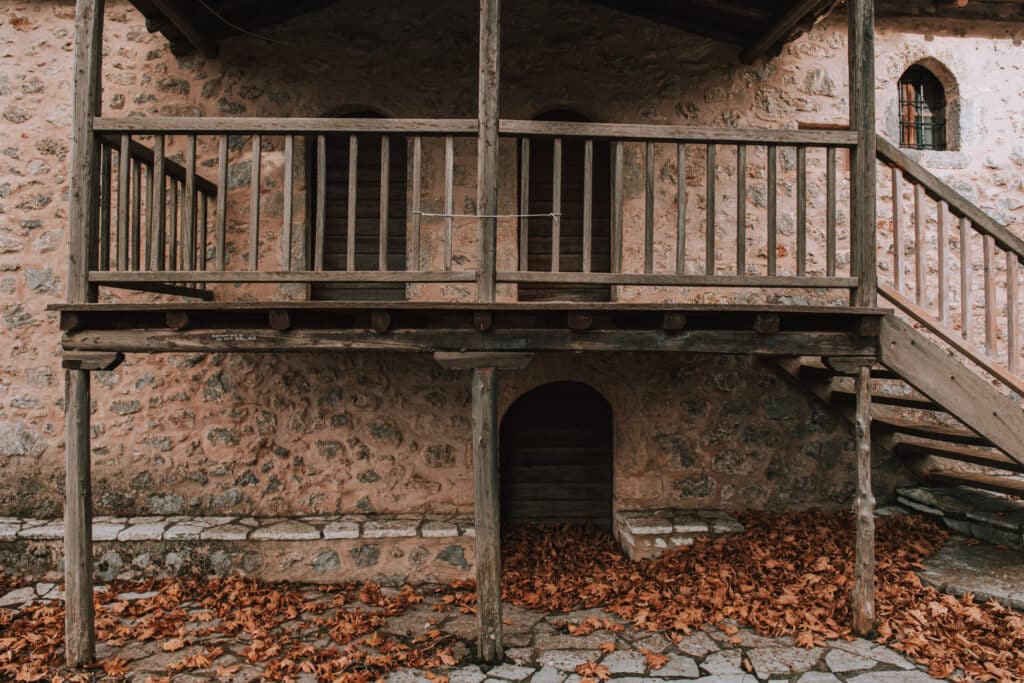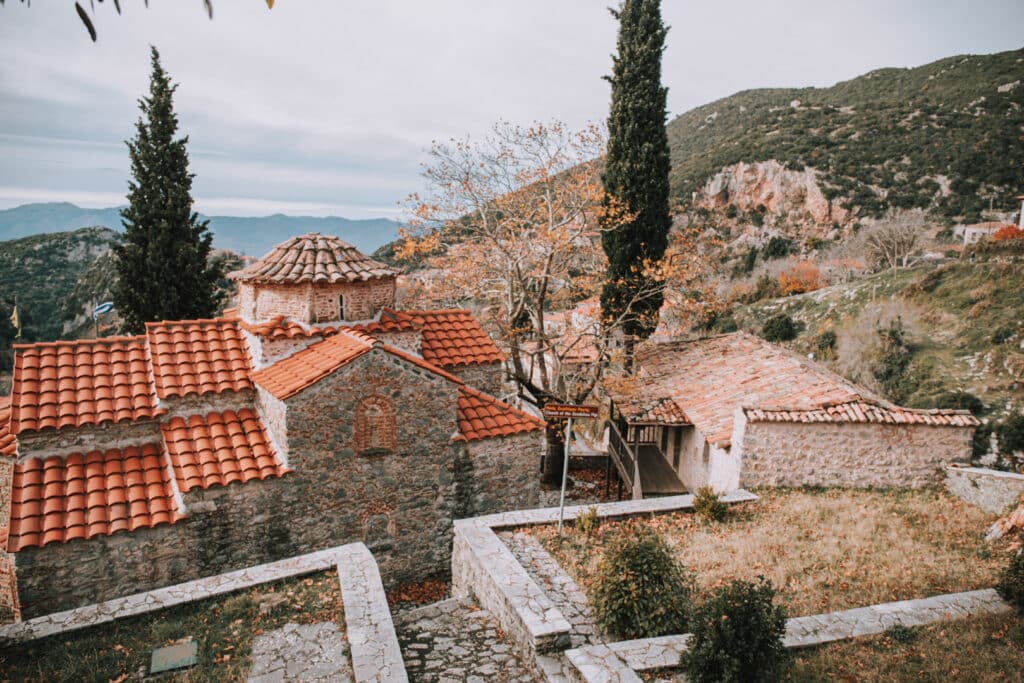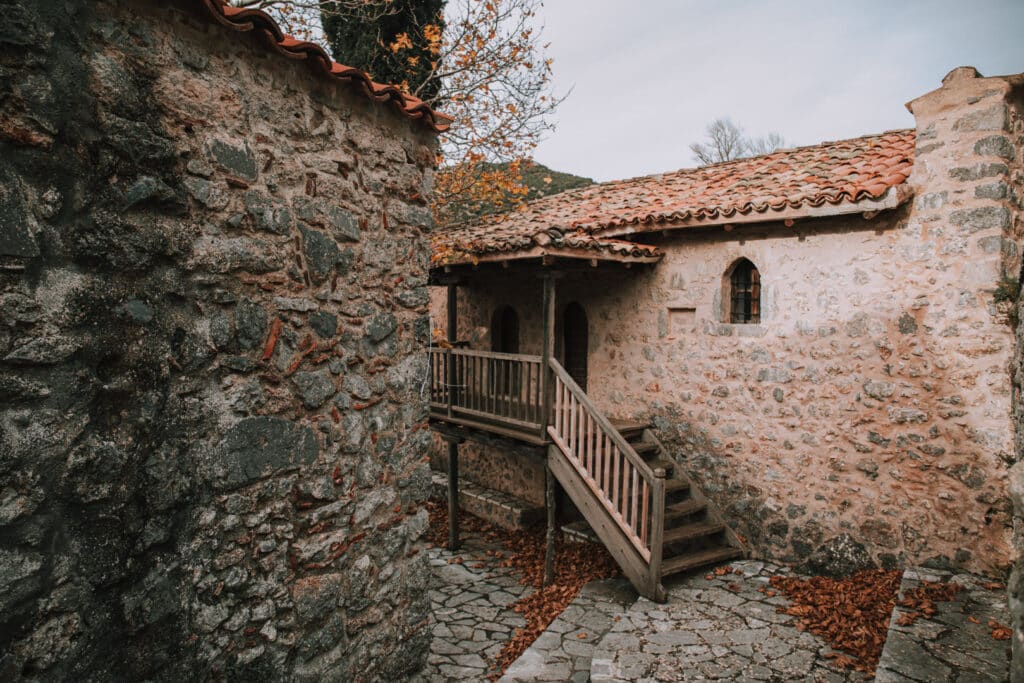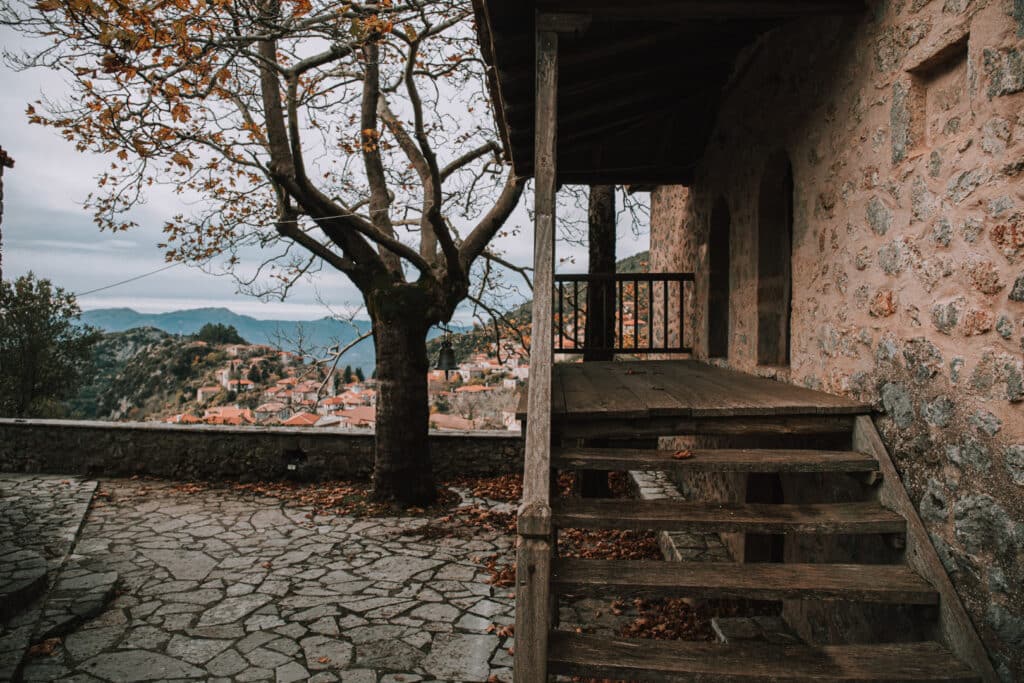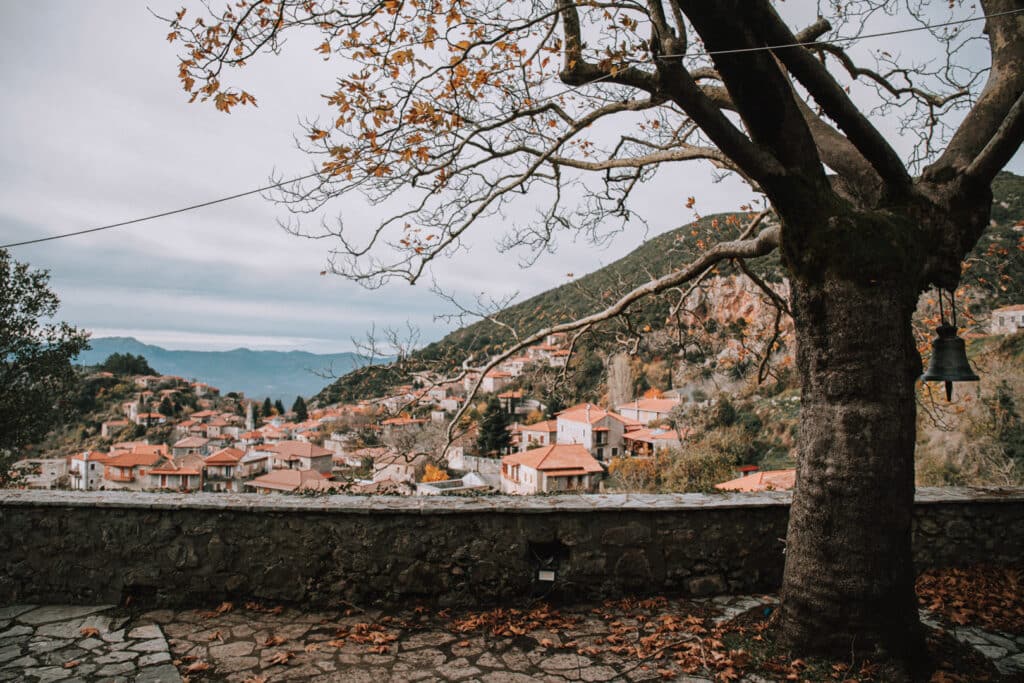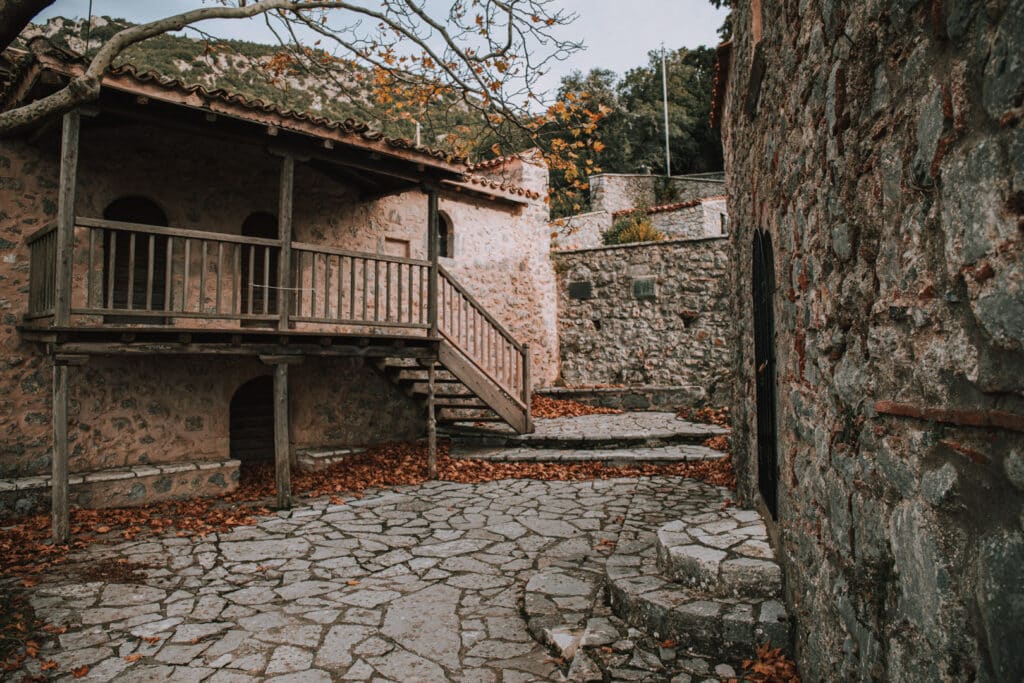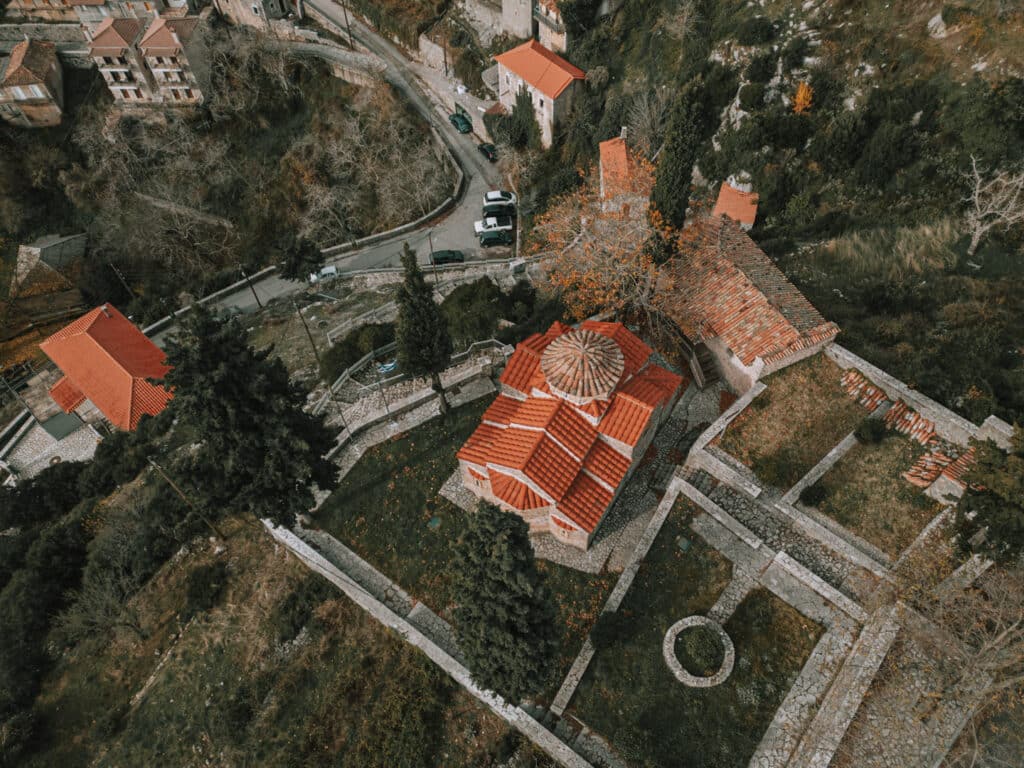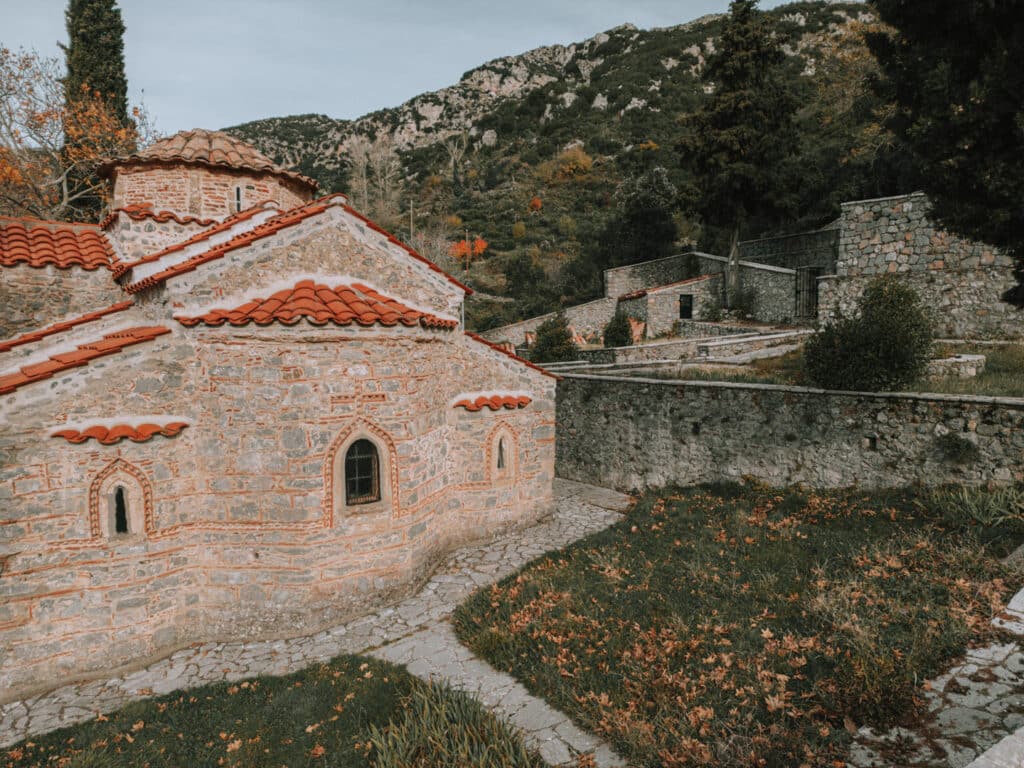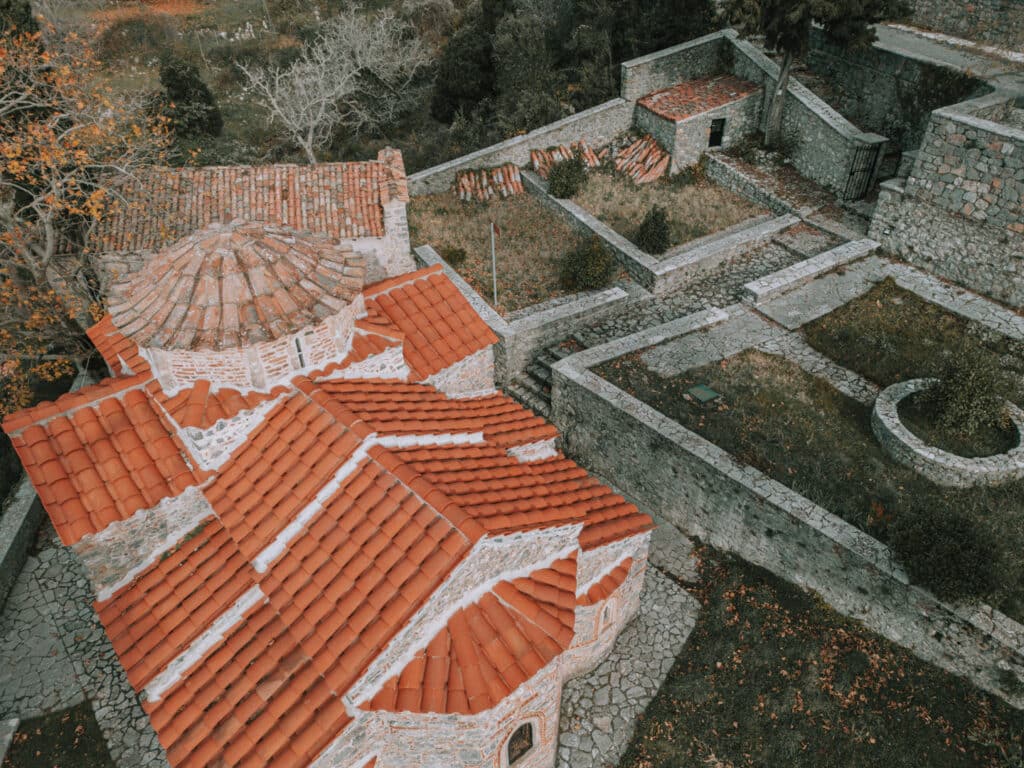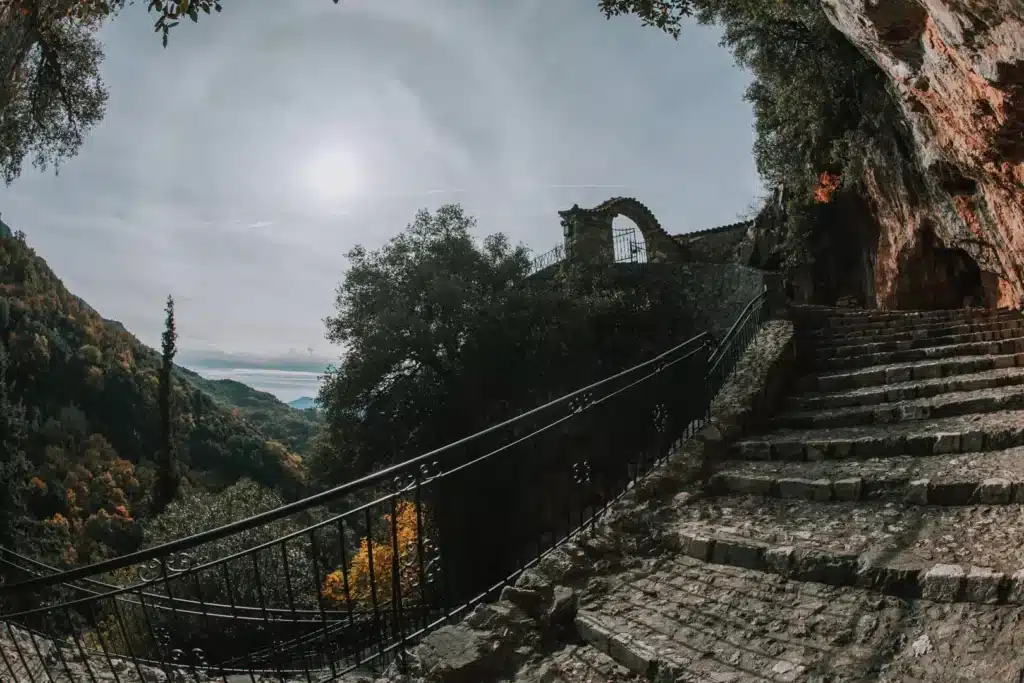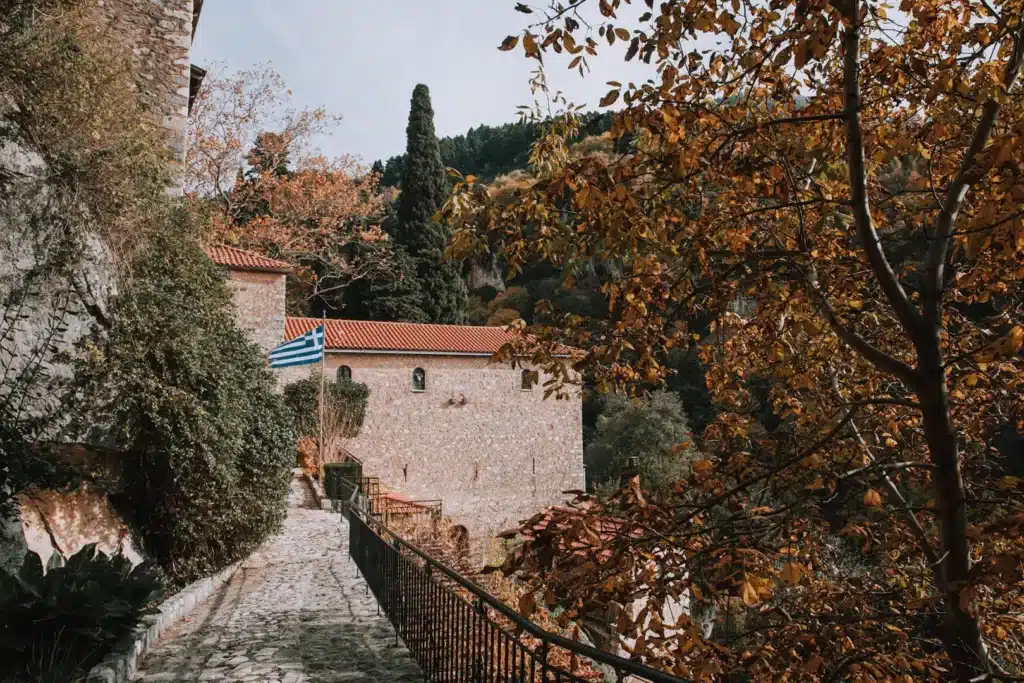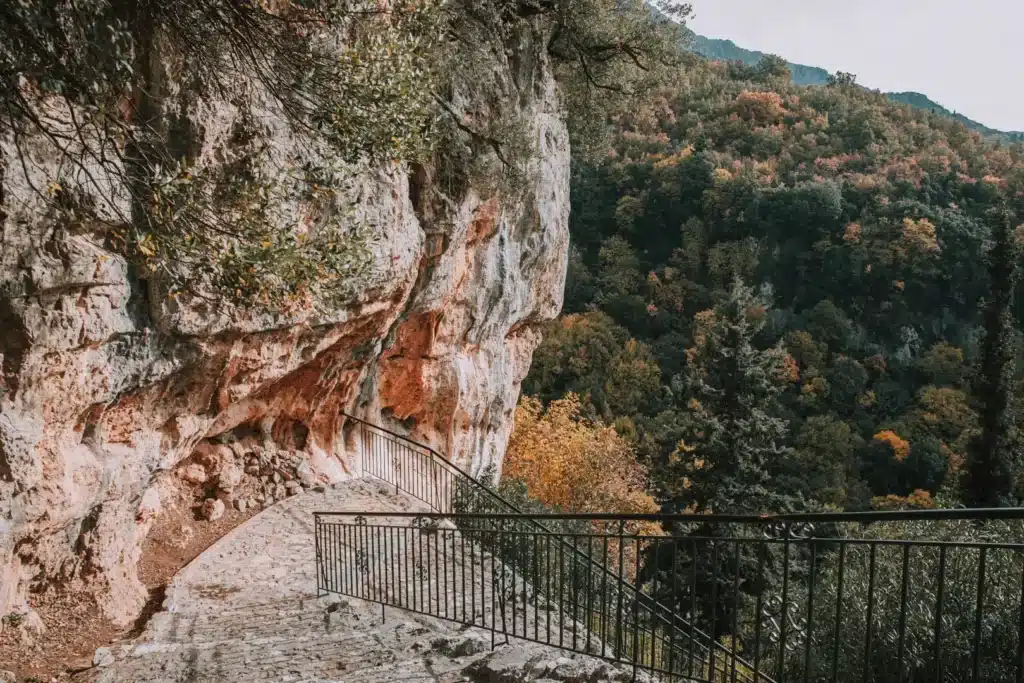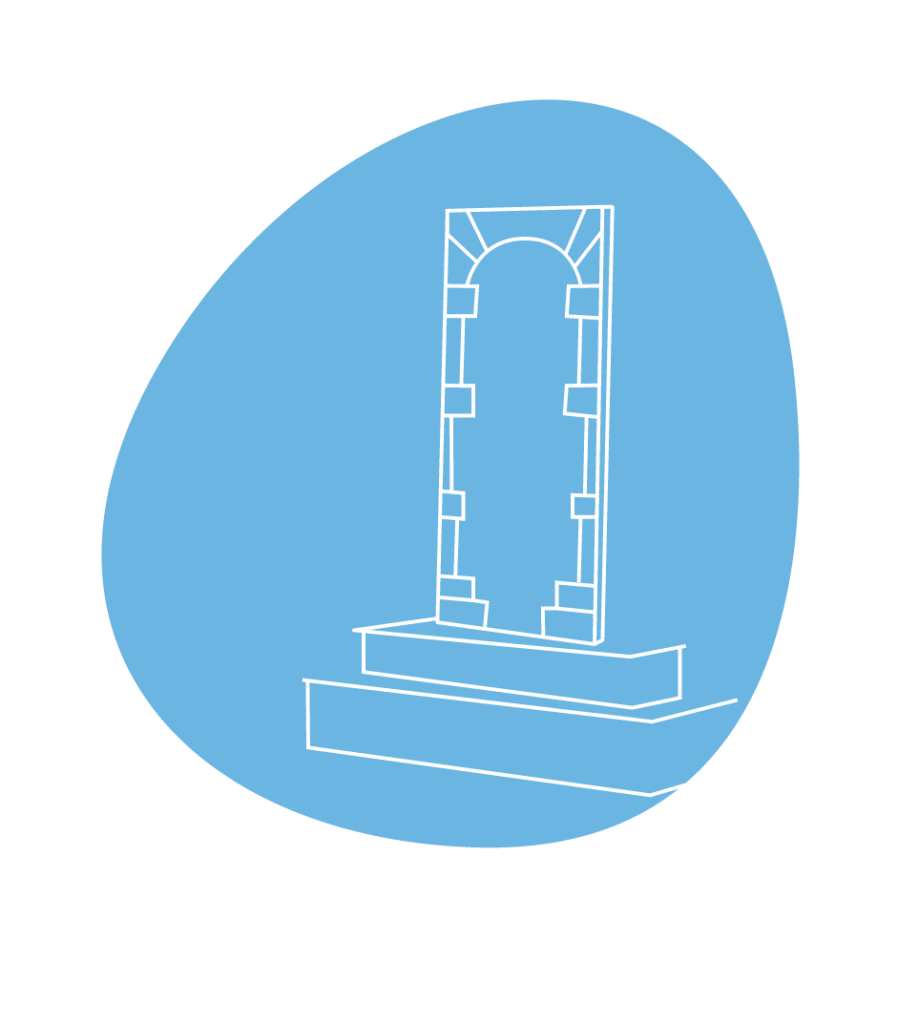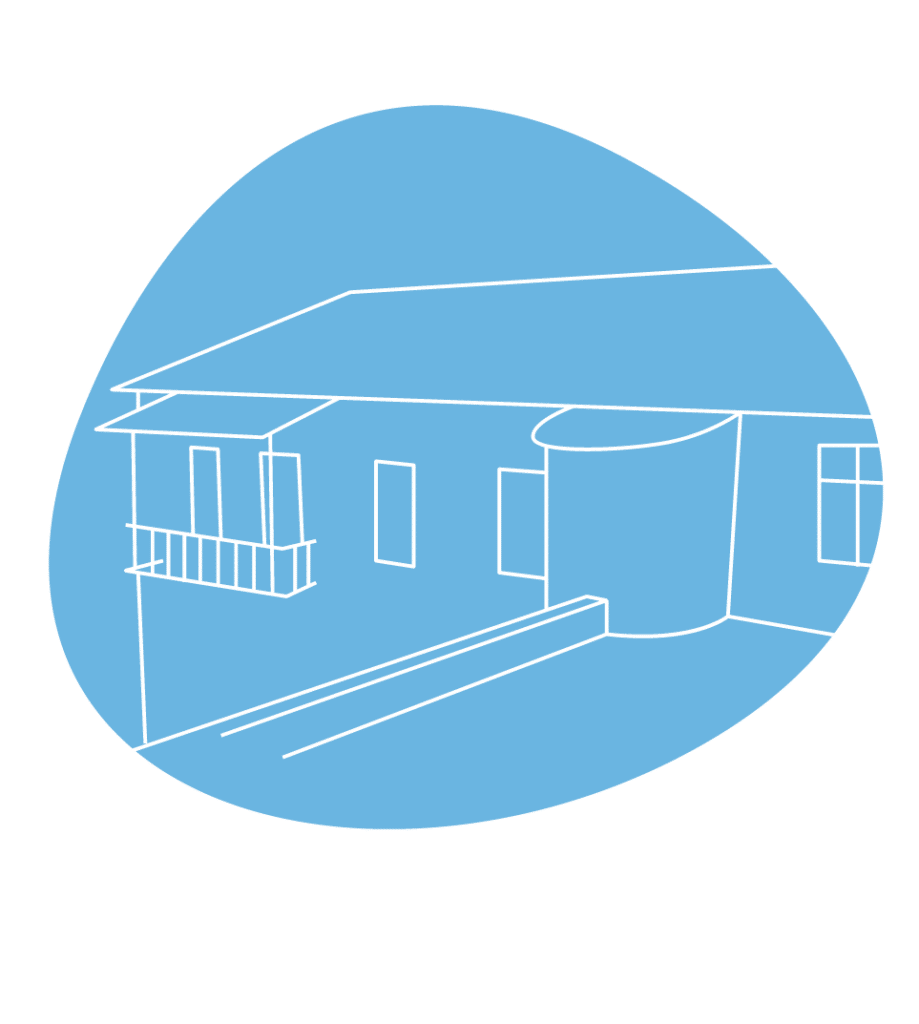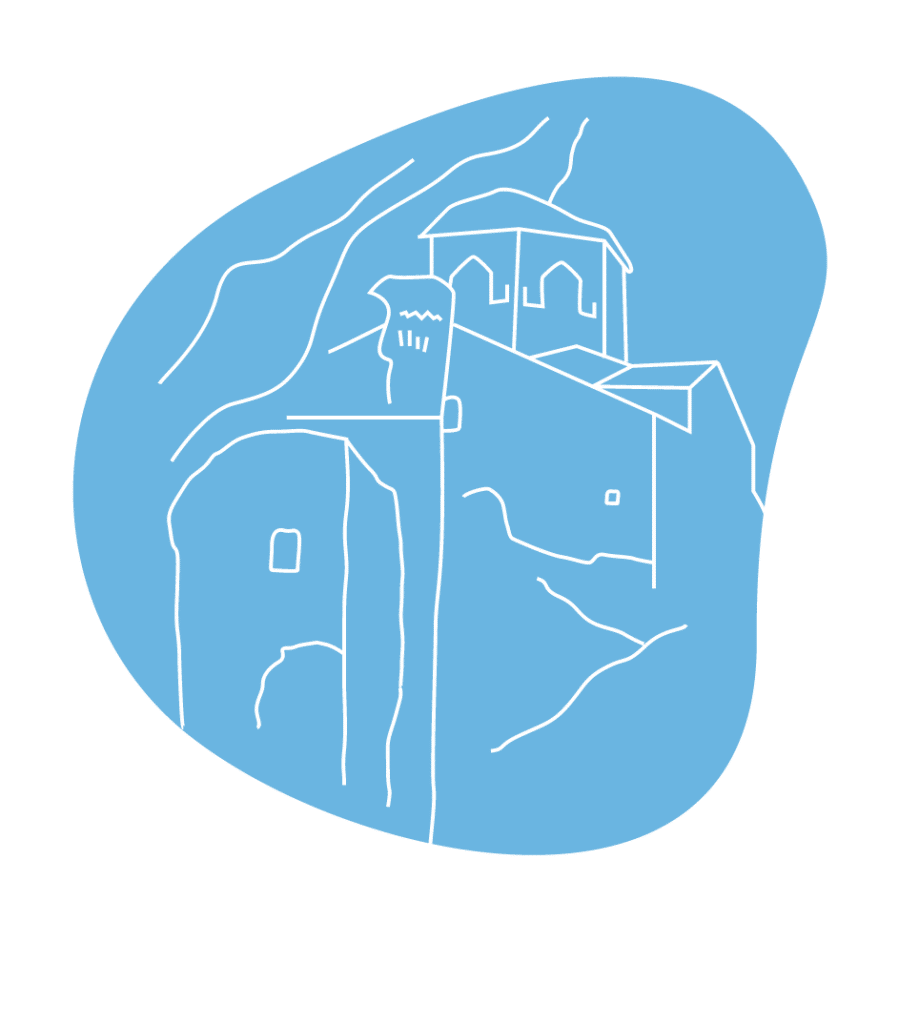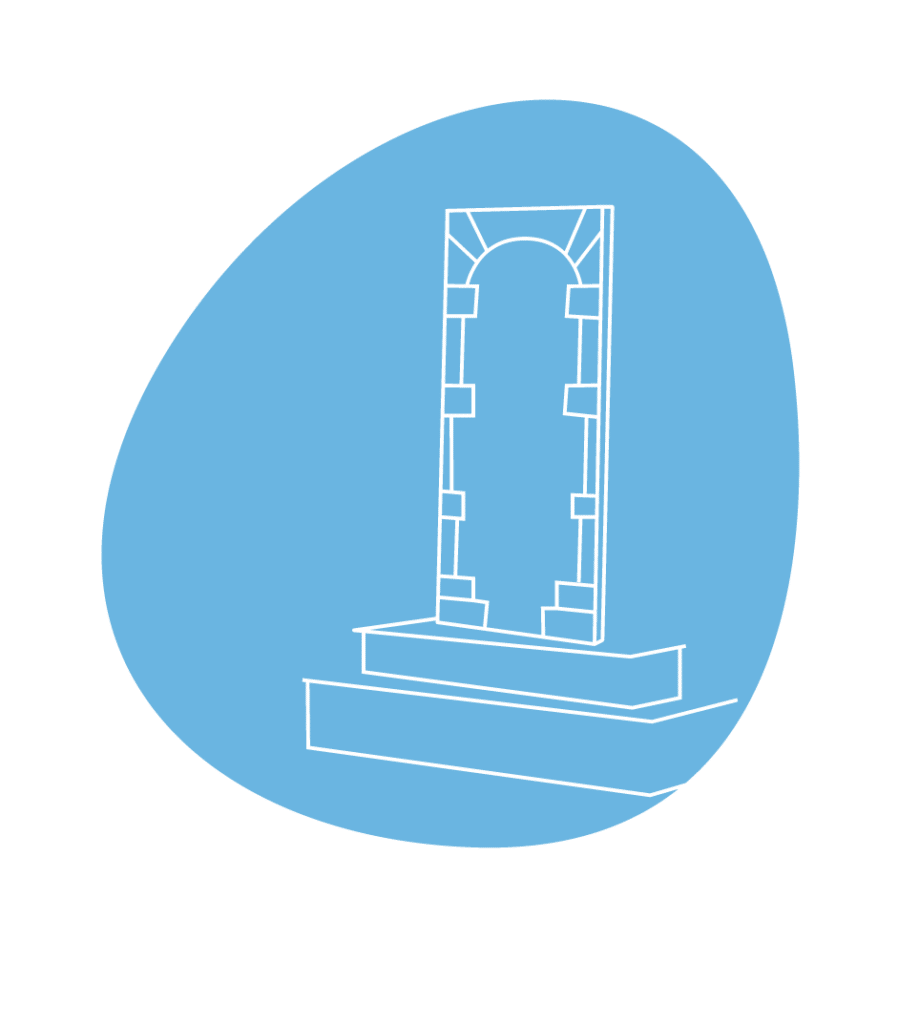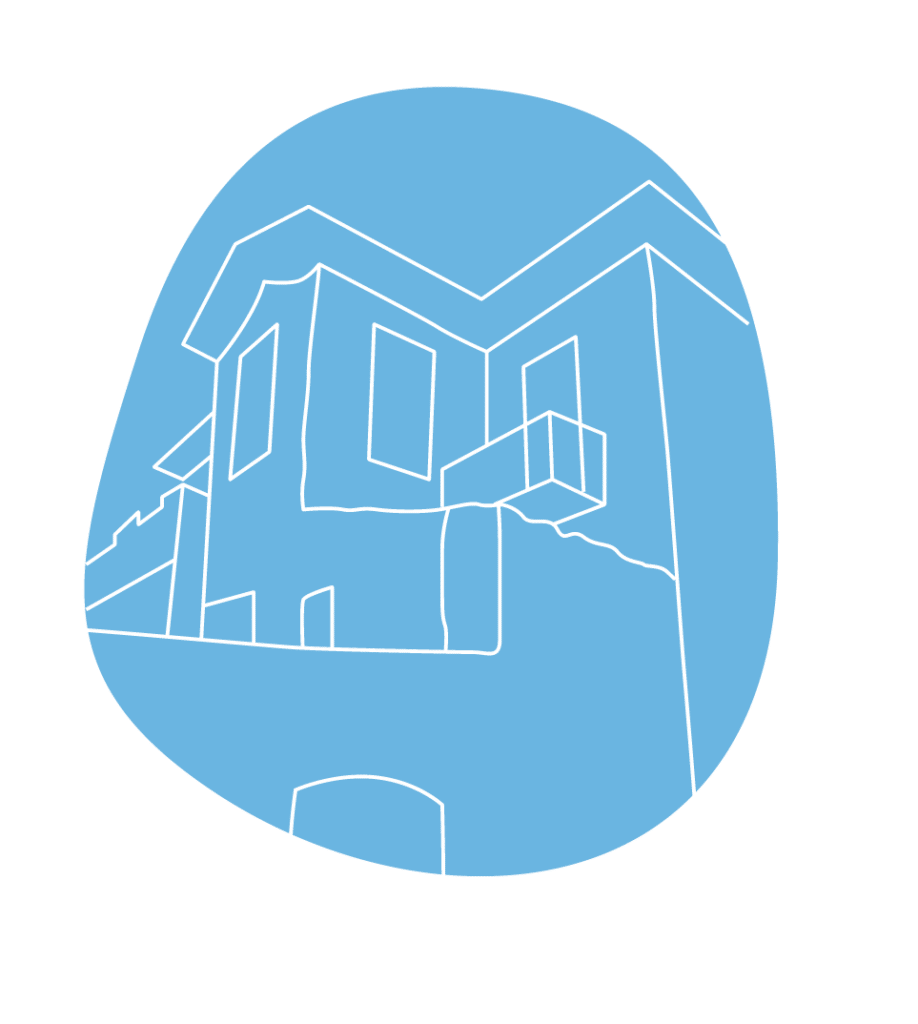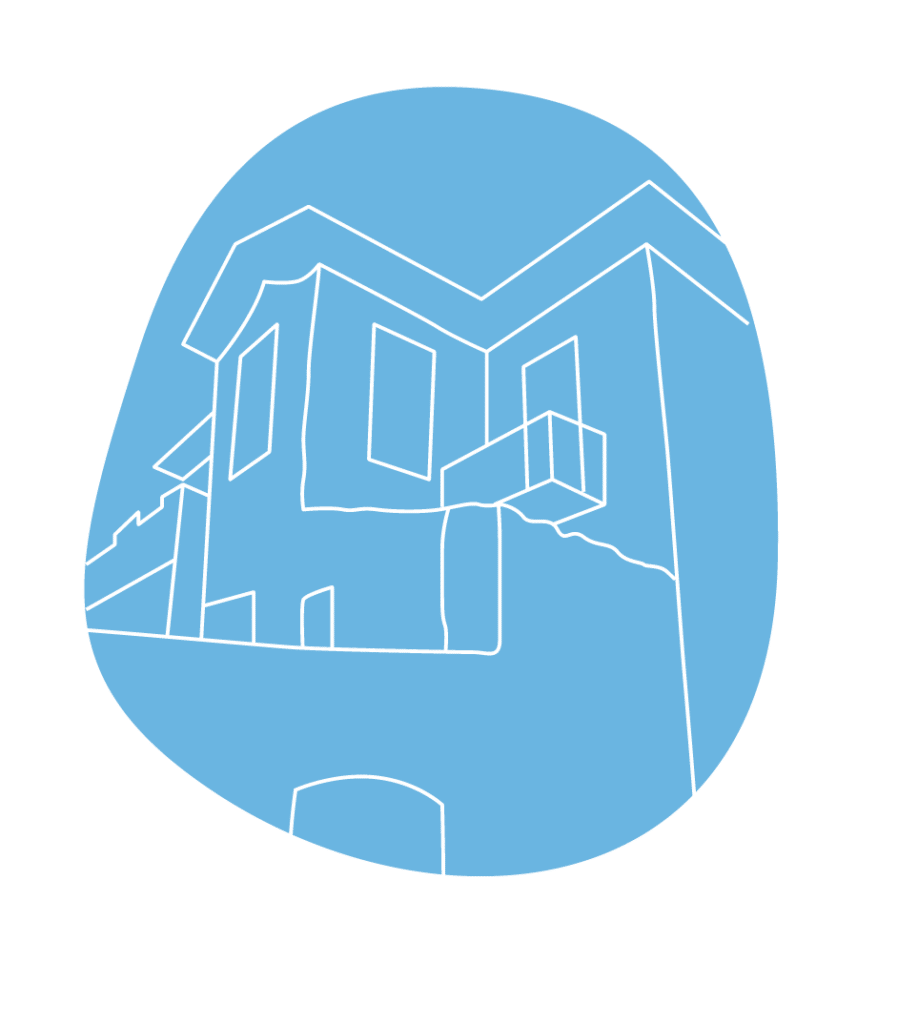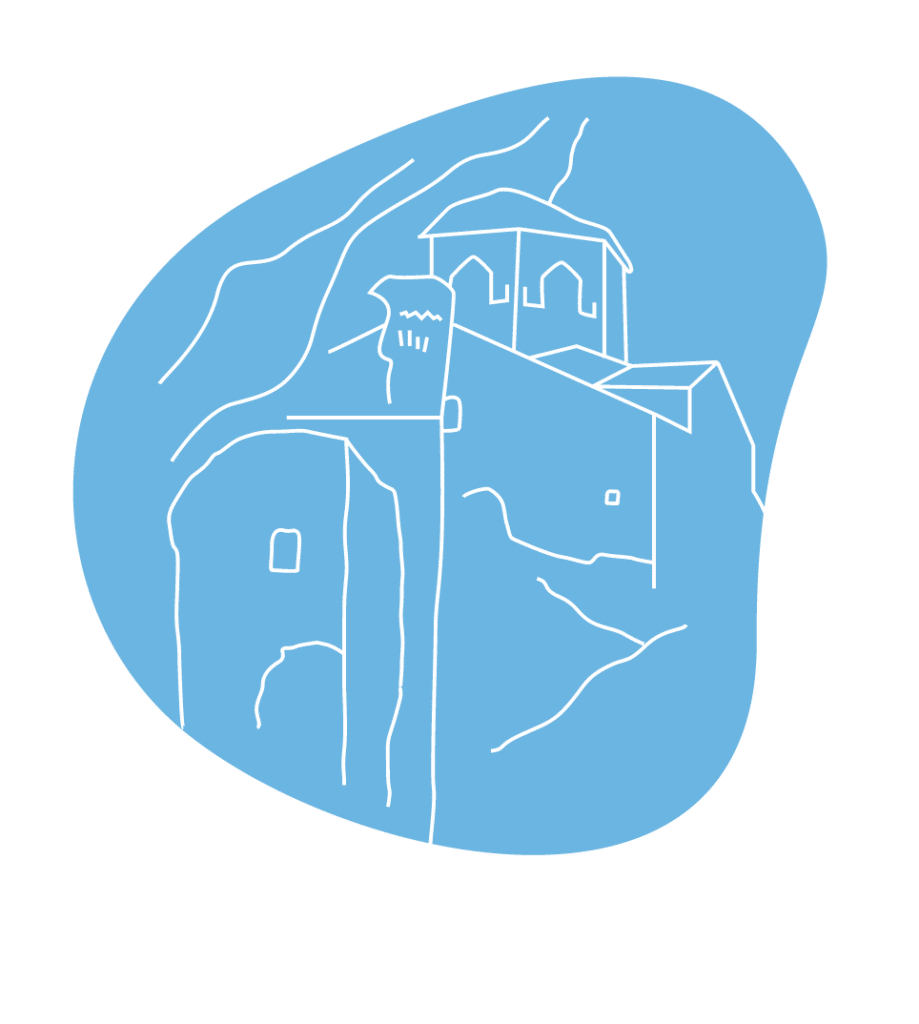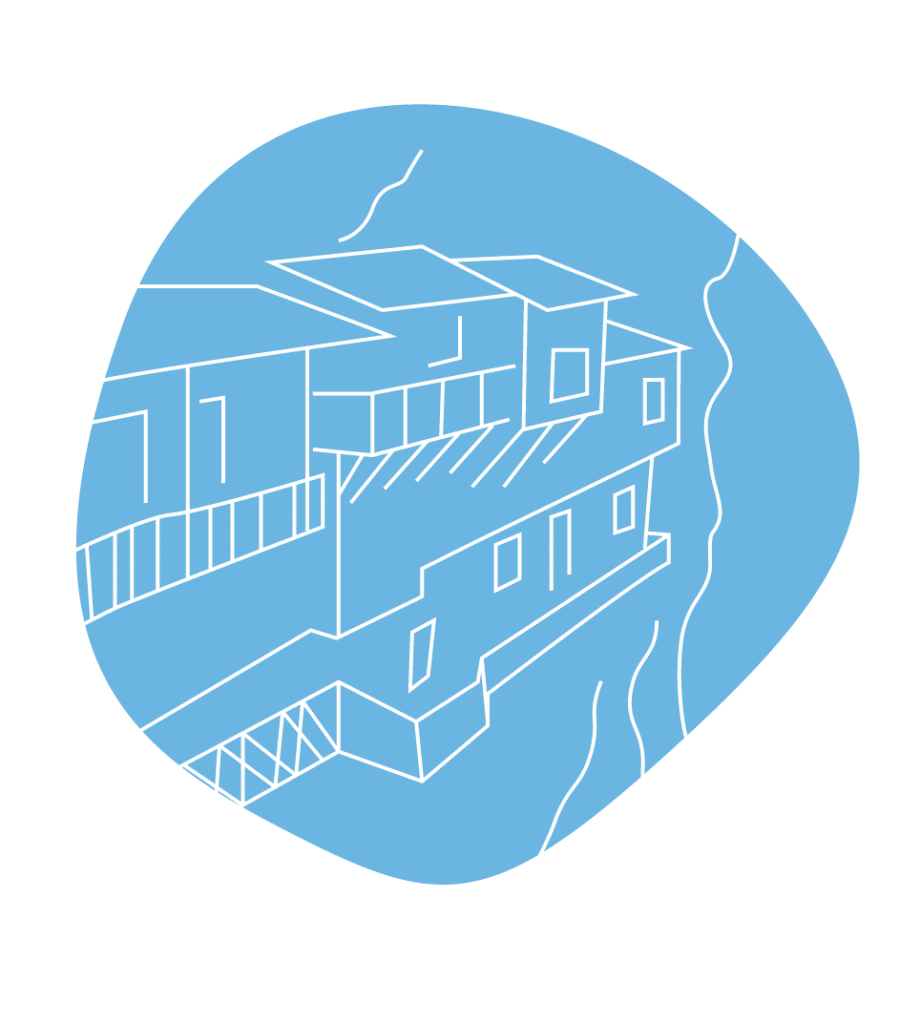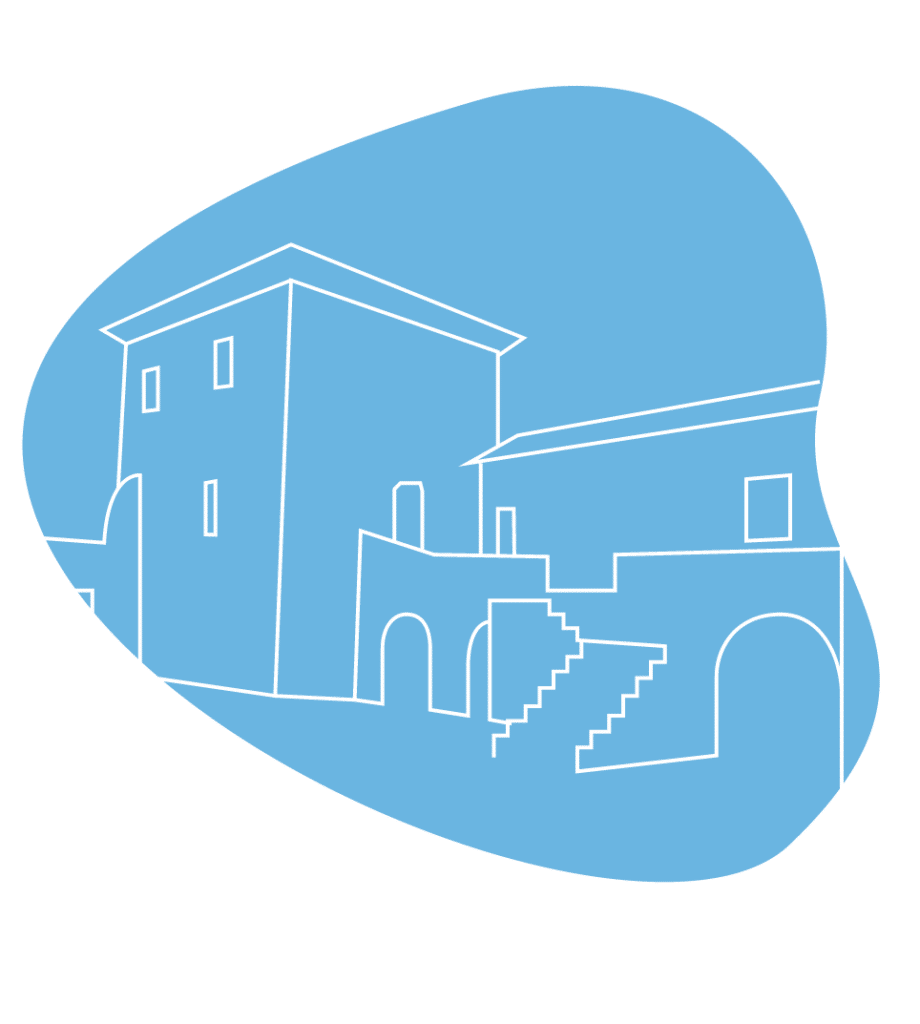In Gortynia, as in most parts of the Peloponnese, the revolution began in March 1821, when the chieftains from the village of Paloumpa, Dimitrios and Georgios Plapoutas, together with a few hundred more warriors from Gortynia, declared the beginning of the Revolution in Heraea and threw themselves into the battle for the liberation of Greece.
Powerful families from Gortynia, such as the Kolokotronis, Plapoutas and Deligiannis family, lead the liberation struggle and become prominent figures in Greek history. The victories follow one another, as the Turks do not have a large army in the Peloponnese, while the one that exists in the Greek territory is mainly occupied with the extermination of Ali Pasha.
Powerful families from Gortynia, such as the Kolokotronis, Plapoutas and Deligiannis family, lead the liberation struggle and become prominent figures in Greek history. The victories follow one another, as the Turks do not have a large army in the Peloponnese, while the one that exists in the Greek territory is mainly occupied with the extermination of Ali Pasha.
The Greeks, however, have also achieved something equally important; to unite under the common goal which is none other than liberation. In this context, each village of Gortynia contributes to the struggle based on its advantages.
Theodoros Kolokotronis writes in his memoirs that “we had gunpowder, Dimitsana made it”. Its inhabitants had the know-how to manufacture gunpowder from nitrous, sulfur and coal in the famous gunpowder mills that existed in the gorge of river Lousios.
Vytina fed the army with bread, while in the Holy Monastery of Kernitsa, its inhabitants cared for those affected by the war and their families. Other monasteries at that time also functioned as hiding places for the civilian population or as hospitals for the wounded.
Stemnitsa, the favorite village of Theodoros Kolokotronis, was the seat of the Peloponnesian Senate, the first administrative body of Greece that formalized the Revolution and was designated as the legitimate Authority of the Peloponnese.
However, during the Revolution, there was also great destruction of villages, such as the triple burning of Lagkadia by Ibrahim Pasha’s army, as well as other villages that strongly resisted the war machine of the experienced general.The latter, after the destruction of his fleet in the famous Battle of Navarino, left Greece for good and a few years later turned against the Ottoman Empire. However, his final departure from the Peloponnese also meant the final liberation of the region and, by extension, Gortynia.
Διαδρομες
Ιερά Μονή Ζωοδόχου Πηγής Στεμνίτσας
Το γραφικό και ιστορικό χωριό της Δημητσάνας αποτελεί βασικό θεματοφύλακα ιστορικών και λαογραφικών παραδόσεων του ελληνικού γένους. Στη βιβλιοθήκη της, εκτός από τα εμπλουτισμένα με 35.000 τόμους βιβλίων ράφια.
Αρχοντικό των Δεληγιανναίων
Το οίκημα δεσπόζει στον Πάνω Μαχαλά του ιστορικού χωριού Λαγκάδια, το οποίο, εκτός από σημαντικούς χτίστες, χάρισε στην Ελλάδα την περίφημη οικογένεια των Δεληγιανναίων, προεστών του Μοριά πριν από την Επανάσταση. Από την οικογένεια Δεληγιάννη προήλθαν και δύο Πρωθυπουργοί στα χρόνια μετά την απελευθέρωση.
Dimitsana Historic Public Library
The picturesque and historical village of Dimitsana is a key depository of historical and folklore traditions of the Greek nation. In its library, apart from the shelves enriched with 35,000 volumes of books, the visitor can also admire important relics and memorabilia from various moments of the glorious past.









